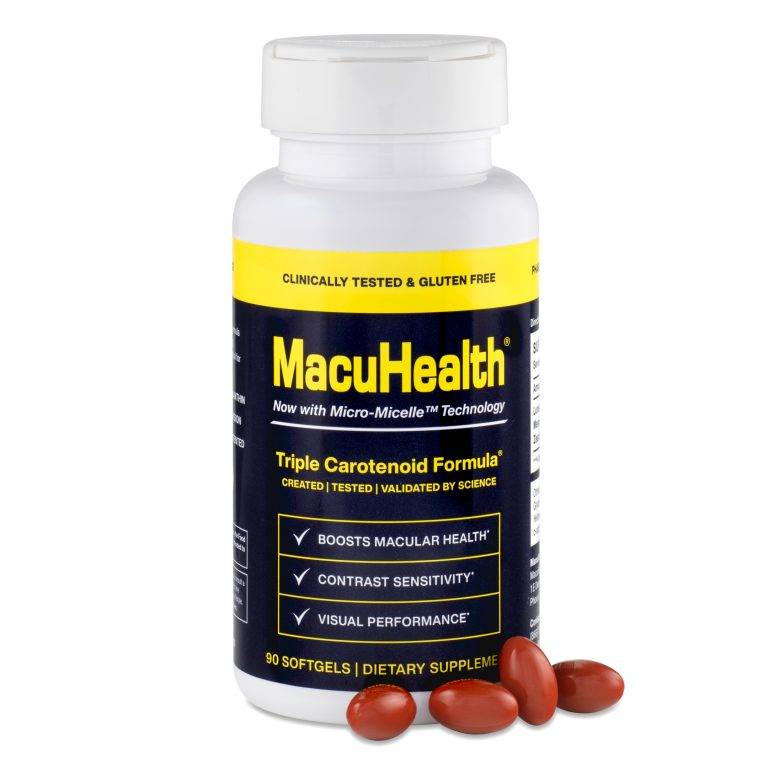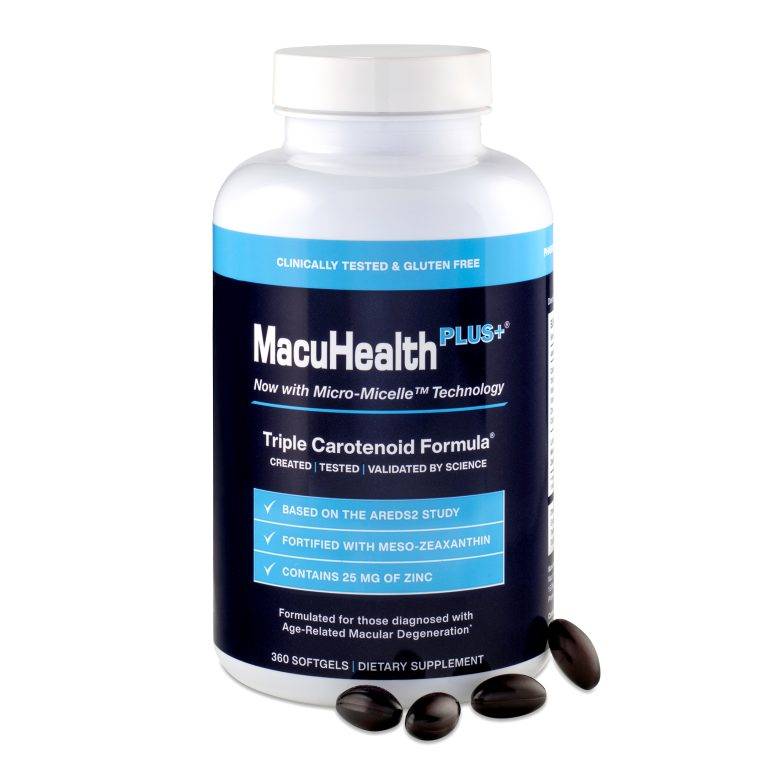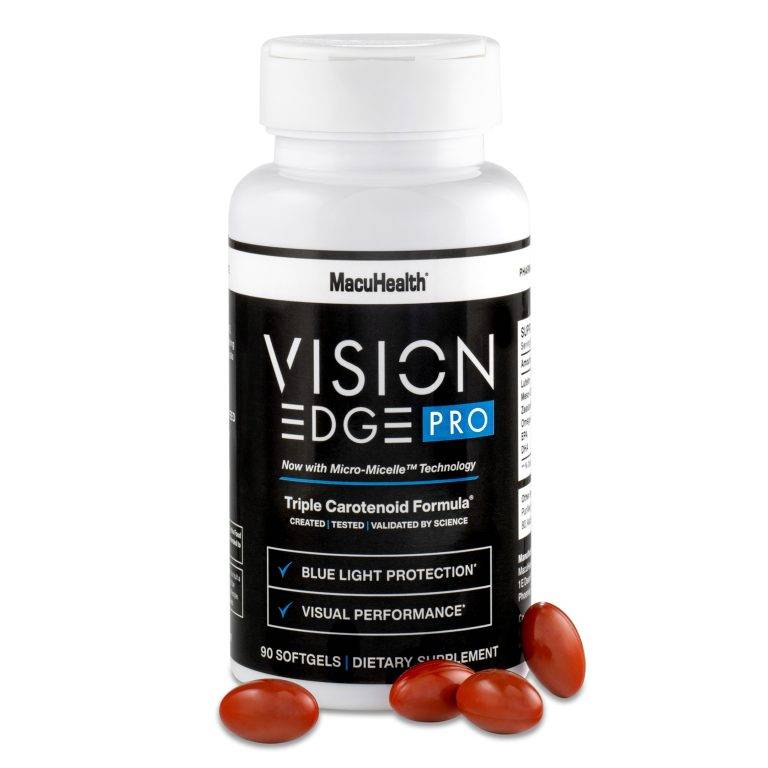SUBSCRIBE AND SAVE! | SIGN ME UP!

Written by MacuHealth
Reviewed by Jim Stringham, Ph.D.
A supplement label may promise to include a defined portion of active ingredients, but research shows that the truth could be vastly different. Cheap formulations and storage techniques can degrade nutrients, causing them to lose their bioavailability to light and oxidation, meaning you aren’t getting everything promised on the bottle.
“At present, clinicians and consumers are not adequately informed via product labeling,” stated Dr. David Phelan, Professor John Nolan and Dr. Alfonso Prado-Cabrero in their study on supplements in the journal Nutrients.1 “However, it is also important to point out that there are quality and effective carotenoid products on the market, which have scientific evidence to back up their claims of label and efficacy.”
MacuHealth enhances the stability of its Triple Carotenoid Formula with something called Micro-MicelleTM Technology. It allows the body to absorb nutrients inside the supplement at a significantly higher rate. In a recent clinical study, MacuHealth’s formula provided the highest bioavailability with significantly higher serum and retinal response when compared to a standard macular carotenoid supplement.2
But how does Micro-Micelle Technology work? We’ll explain the process and what it means to MacuHealth users.
As stated above, studies have shown that the active ingredients in most carotenoid supplements that come in the form of a powder or tablet corrode, causing their potency to diminish or disappear altogether. This means your eyes won’t receive the necessary nutrients to boost your vision, absorb harmful blue light, or manage the symptoms of age-related macular degeneration.
MacuHealth, an oil-based supplement, is formulated to stabilize the powerful carotenoids – Lutein, Meso-Zeaxanthin and Zeaxanthin – in its formula better than other supplements. But these nutrients, which appear in the supplement in their pure, natural form, tended to crystalize in the supplement’s previous version, making the carotenoids difficult for the body to absorb. Researchers started looking for a way to prevent these carotenoids from bonding together so more of them could reach the macula to enhance a patient’s vision.
Lutein, Meso-Zeaxanthin and Zeaxanthin make their way to the macula through a protein in the body called SR-B1. Because these carotenoids were clumping together, SR-B1 wasn’t taking as many of them as it could to the eye. A system needed to be created to keep ingredients stable and from crystallizing.
The answer came in the form of natural, organic acids (acetate). When you add acetate to each end of the carotenoid molecule, they maintain their solubility,3 greatly enhancing bioavailability. Placing these non-crystallized carotenoids in a stabilizing matrix, such as Vitamin E and sunflower oil, prevents oxidation.
The acetates prevented the carotenoids from crystalizing and provided a more efficient way for the SR-B1 protein to transport them to the macular tissues that need them. The utilization of Micro-Micelle Technology marks an improvement over previous iterations of MacuHealth by increasing the bioavailability of the supplement’s formula without any negative side effects. 4
Micro-Micelle Technology ensures that the nutrients inside MacuHealth retain their all-natural form, and that your eyes and brain receive the carotenoids needed to manage AMD symptoms and improve nearly all aspects of visual performance. In short, you’re getting everything you paid for and the benefits that come with it. “This formulation represents a new standard in nutritional vision science and eye care,” says Professor Nolan.
For more information about Micro-Micelle Technology and MacuHealth’s Triple Carotenoid Formula, please visit this page.

Formulated by scientists and clinically proven to support eye health for both healthy and diseased eyes.

Based on the AREDS2 formula with 10 mg of Meso-Zeaxanthin and reduced levels of zinc for the ultimate defense against AMD.

Created for those wanting to protect against blue light and improve visual performance for everyday maintenance.

Sourced from small, open-water catch fish from the coast of Chile, TG Omega-3 provides customized dosing for patient specific needs.